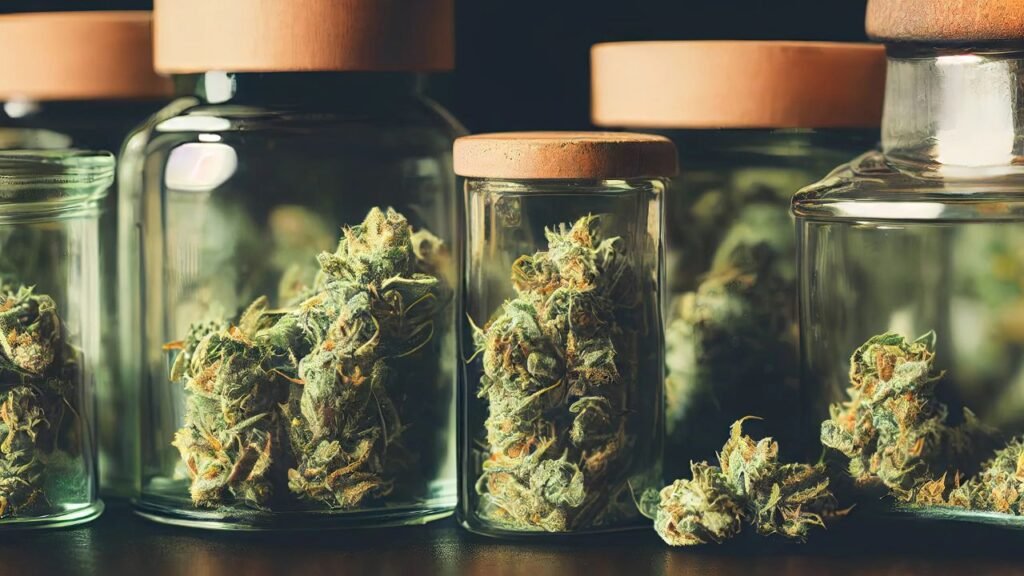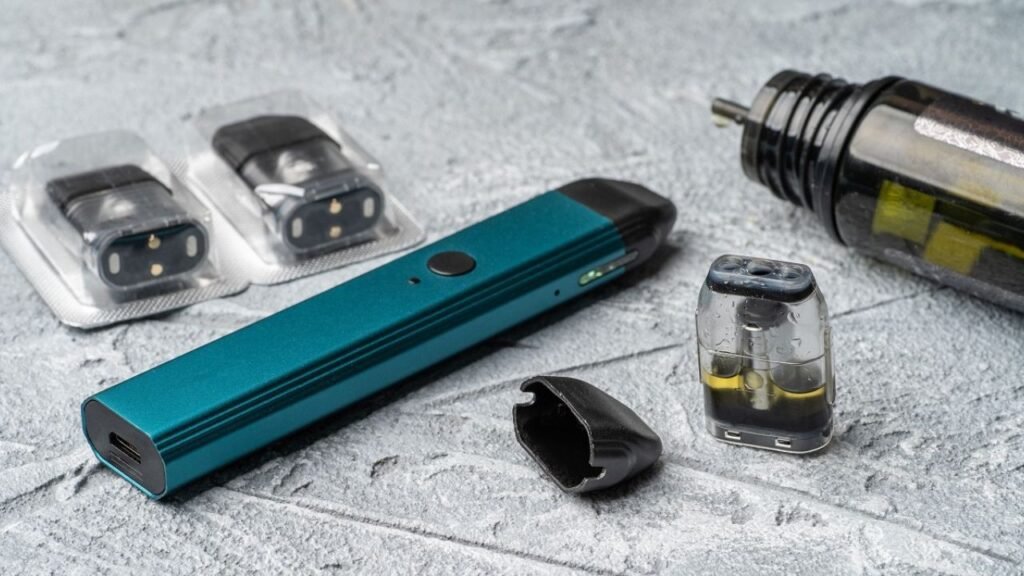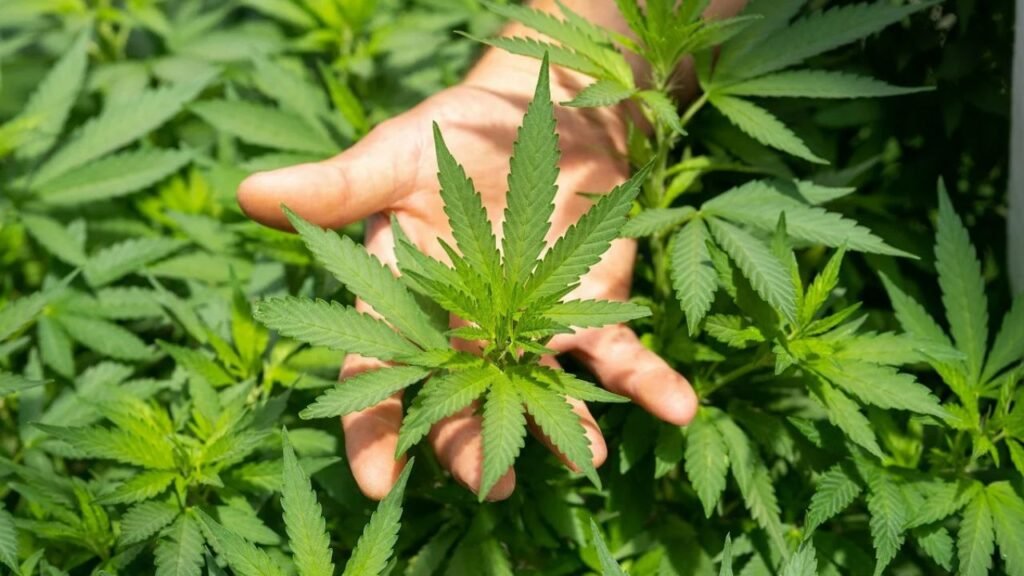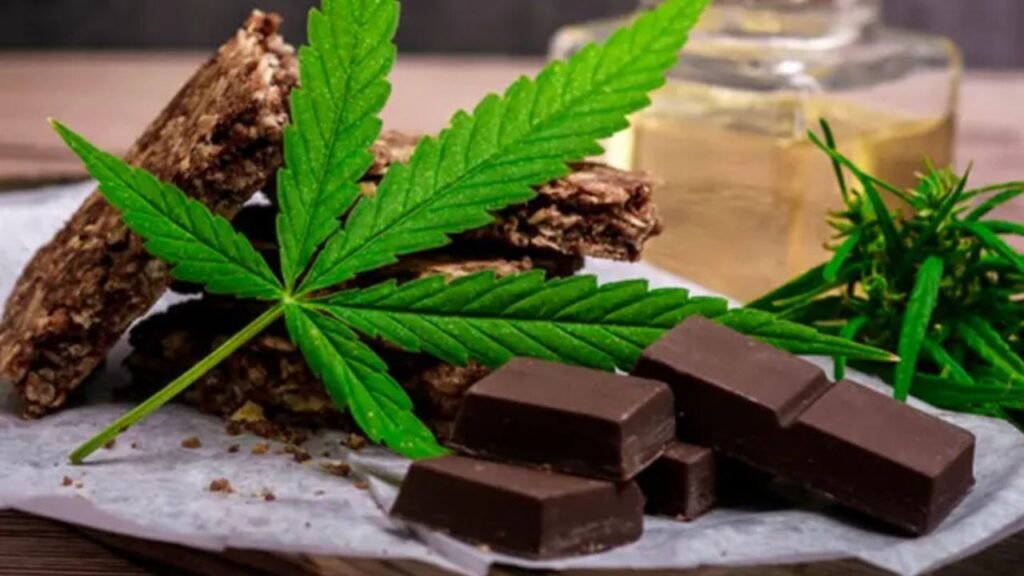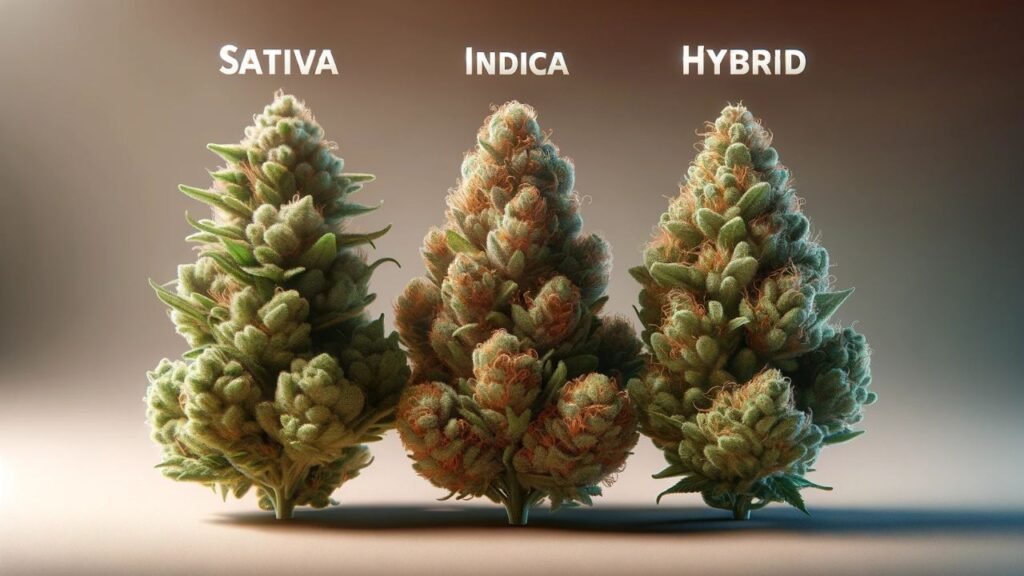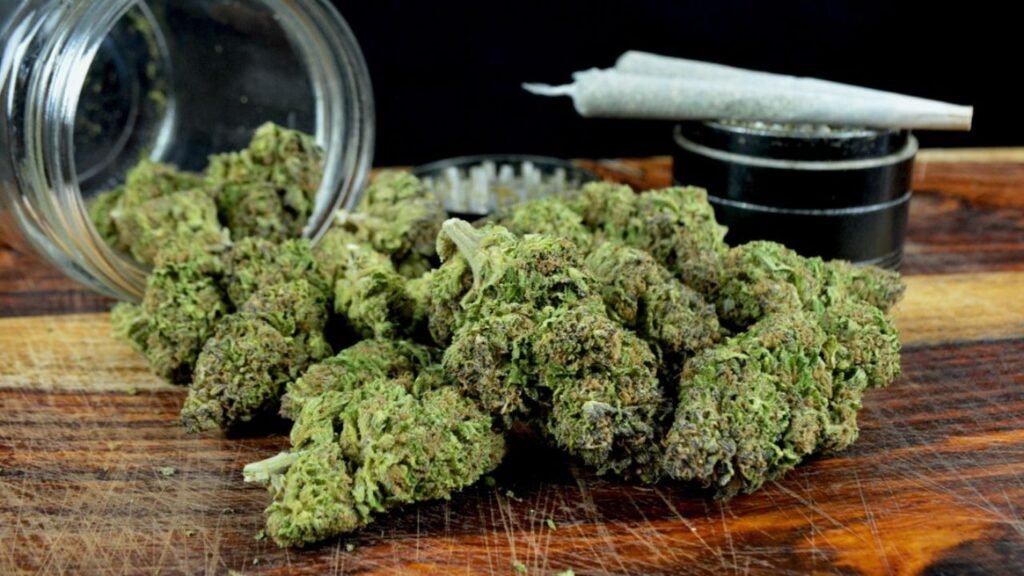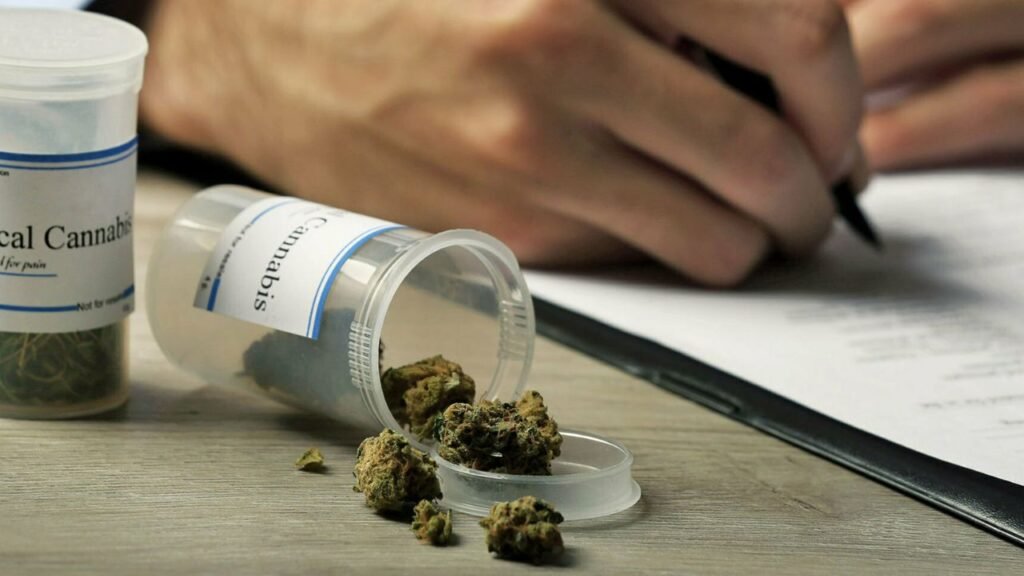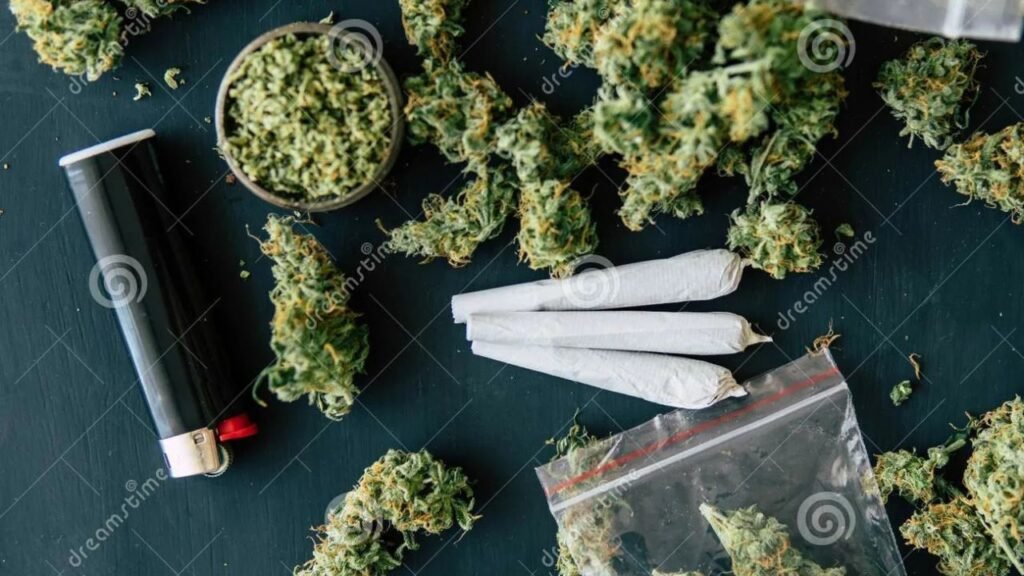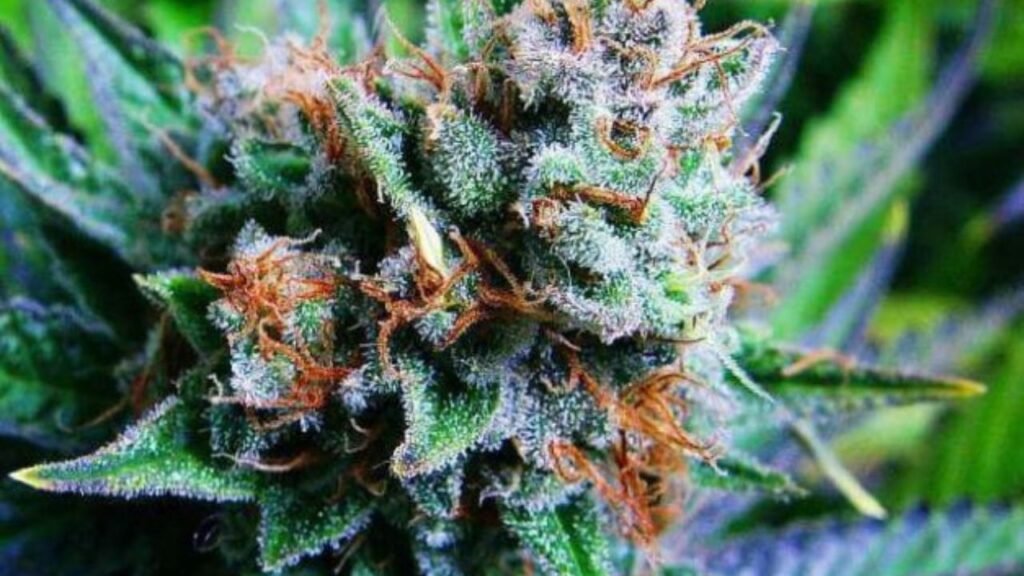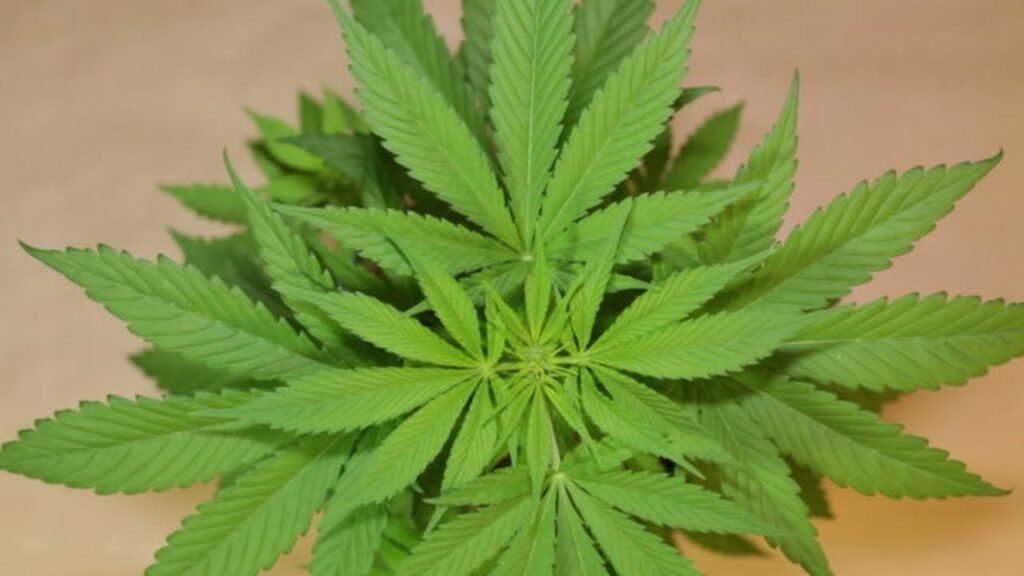How to Identify and Fix Cannabis Leaf Issues
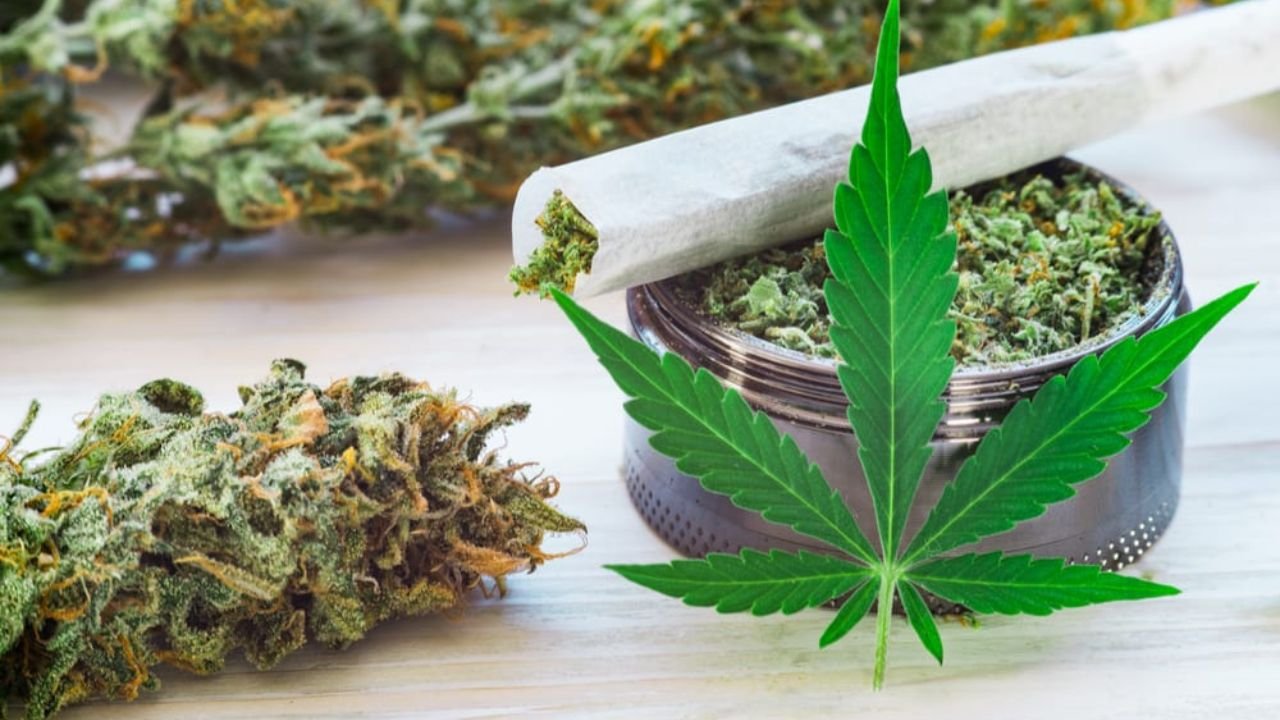
Cannabis cultivation requires careful observation. One of the first signs of trouble appears in the leaves. Understanding cannabis leaf issues can help you correct problems early, protect your yield, and grow healthy plants. In this guide, we’ll break down common cannabis leaf problems, what causes them, and how to fix each one.
Why Leaf Health Matters in Cannabis Growing
Cannabis leaves are essential for photosynthesis. They absorb light, exchange gases, and regulate water. When leaves show symptoms of stress, it’s a sign that something’s wrong in the plant’s environment or nutrition. Early detection of weed leaf issues helps prevent crop loss and low-quality buds.
1. Common Cannabis Leaf Issues and What They Mean
Here’s how to spot and fix the most frequent marijuana leaf problems:
A. Yellowing Leaves
Cannabis leaf symptoms: Leaves start turning pale yellow from the tips or the base. In some cases, the whole leaf turns yellow and falls off.
Cause: This usually signals nitrogen deficiency, a common leaf problem in weeds during the vegetative stage.
Fix: Feed your plant with a nitrogen-rich nutrient solution. Organic growers can use worm castings, fish emulsion, or compost teas.
B. Brown or Burnt Leaf Tips
Cannabis leaf issues: Leaf tips look dry or brown and curl upwards.
Cause: This is often nutrient burn caused by too much fertilizer or poor pH levels.
Fix: Flush the soil with pH-balanced water and reduce the nutrient concentration. Maintain pH between 6.0 and 7.0 in soil, or 5.5 to 6.5 for hydroponics.
C. Curling Leaves
Cannabis leaf symptoms: Leaves curl up or down. They may appear twisted or claw-like.
Cause: Could be overwatering, heat stress, or nitrogen toxicity.
Fix: Let the soil dry out before watering again. Adjust room temperature to 70–85°F (21–29°C). If using bottled nutrients, dial back the nitrogen.
D. Purple or Red Stems and Leaves
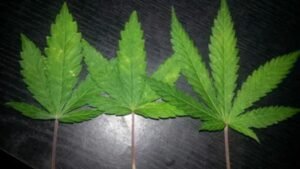
Pot leaf problems: Stems and sometimes the veins of leaves turn red or purple.
Cause: This could be phosphorus deficiency, genetics, or cold temperatures.
Fix: Add a phosphorus-rich supplement. Keep the growing area warm (70–80°F). Check strain genetics—some naturally display purple hues.
E. Leaves with Brown or Rust Spots
Leaf symptoms of cannabis: Tiny brown, rusty, or tan spots appear on leaves, especially lower ones.
Cause: Often a calcium or magnesium deficiency. It could also signal a pH lockout.
Fix: Add Cal-Mag supplements to your feeding routine. Monitor your pH closely. Avoid using hard tap water with high chlorine content.
F. Wilting or Drooping Leaves
Cannabis leaves symptoms: Leaves look lifeless, soft, and droopy.
Cause: Usually caused by overwatering or underwatering.
Fix: Feel the soil—if it’s soggy, wait longer between watering. If it’s dry, water the plant thoroughly. Ensure pots have good drainage.
G. Leaves Turning Pale or Light Green
Cannabis leaf problems: Leaves lose color and become very light green.
Cause: Iron, sulfur, or zinc deficiency could be to blame. New growth is often affected first.
Fix: Use a micronutrient supplement containing iron, sulfur, and zinc. Adjust pH levels to ensure proper nutrient uptake.
H. Leaf Edges Curling Up (Taco Leaves)
Weed leaf issues: Leaf edges curl upward like a taco shell.
Cause: Usually a sign of heat stress or low humidity.
Fix: Increase air circulation and lower the grow room temperature. Maintain humidity between 40–60% depending on plant stage.
2. Diagnosing Cannabis Leaf Symptoms by Color
A quick way to spot leaf problems in weeds is to observe the color changes. Here’s a color-coded guide:
| Color | Likely Problem | Possible Cause |
|---|---|---|
| Yellow leaves | Nutrient deficiency, pH imbalance | Nitrogen, magnesium |
| Brown spots | Toxicity or deficiency | Calcium, phosphorus, potassium |
| Red or purple | Cold stress or phosphorus lack | Genetic traits |
| Pale or bleached | Light burn or sulfur deficiency | High-intensity grow lights |
| Dark green & clawing | Nitrogen toxicity | Overfeeding |
3. Environmental Factors Causing Pot Leaf Problems
It’s not always about nutrients. Environmental stress can cause severe cannabis leaf symptoms. Here’s how:
A. Light Burn
Leaves closest to the light bleach and curl.
Fix: Raise the light higher or lower the intensity. Use a PAR meter to measure light levels at the canopy.
B. Heat Stress
High temperatures dry out the leaves and cause them to curl or show burnt edges.
Fix: Improve ventilation. Use oscillating fans and keep temps under 85°F.
C. Humidity Fluctuations
Low humidity causes leaf edges to curl. High humidity invites mold and mildew.
Fix: Use a humidifier during veg and a dehumidifier during flower. Keep RH between 40–70% based on growth stage.
D. pH Imbalance
Even if nutrients are present, the wrong pH locks them out, causing deficiencies.
Fix: Test and adjust pH with a reliable meter. Stick to the ideal range for your grow medium.
4. Pest and Disease-Related Cannabis Leaf Problems
Sometimes cannabis leaf issues come from bugs or pathogens:
A. Spider Mites and Thrips
Tiny pests suck the sap, leaving white or silver speckles.
Fix: Use neem oil, insecticidal soap, or predatory insects like ladybugs.
B. Powdery Mildew
White, dusty spots appear on the leaves.
Fix: Increase airflow, reduce humidity, and treat with sulfur sprays or organic fungicides.
C. Root Rot
Leaves turn yellow, droop, or die despite proper feeding.
Fix: Check roots. If they’re brown and slimy, flush with hydrogen peroxide, and improve soil drainage.
5. How to Prevent Future Leaf Problems in Cannabis
Prevention is better than a cure. Here’s how to avoid common cannabis leaf problems:
-
Feed correctly: Use a balanced nutrient plan suitable for each growth stage.
-
Monitor pH: Always check the pH in water and runoff.
-
Water smart: Don’t let roots drown or dry out.
-
Control climate: Use fans, AC, humidifiers, and heaters as needed.
-
Inspect daily: Look at the leaves closely. Catch symptoms early.
-
Clean grow space: Sterilize tools and containers. Don’t reuse soil without treatment.
-
Use genetics wisely: Choose stable, healthy strains known for resilience.

6. Quick Troubleshooting Checklist for Weed Leaf Issues
| Symptom | Likely Cause | Solution |
|---|---|---|
| Yellowing from the bottom | Nitrogen deficiency | Add nitrogen |
| Curling tips | Overwatering or nutrient burn | Adjust feeding and watering |
| Brown patches | Cal-Mag deficiency | Add calcium and magnesium |
| Red stems | Phosphorus deficiency or cold | Add phosphorus, adjust the temperature |
| Taco leaves | Heat or light stress | Lower light intensity, improve airflow |
| White specks | Pests like spider mites | Neem oil, predatory insects |
| Powdery residue | Mildew | Organic fungicide, lower humidity |
FAQs:
Q1: What are the most common cannabis leaf problems?
A1: Common cannabis leaf problems include yellowing, curling, brown spots, burnt tips, and drooping. These are often signs of nutrient issues, pH imbalance, overwatering, pests, or environmental stress.
Q2: How do I identify cannabis leaf symptoms early?
A2: Early cannabis leaf symptoms include slight color changes, tip burn, or minor curling. Monitor leaves daily under proper lighting and use a magnifier to catch small changes or pests.
Q3: What causes yellow cannabis leaves?
A3: Yellow leaves are often due to nitrogen deficiency, overwatering, or pH lockout. Check feeding schedules and test your soil or hydroponic pH regularly.
Q4: How can I fix weed leaf issues caused by nutrient burn?
A4: Flush the growing medium with pH-balanced water to remove excess salts. Then reduce nutrient strength and monitor new leaf growth for improvements in weed leaf issues.
Q5: What does it mean when cannabis leaves have brown spots?
A5: Brown spots are usually due to calcium or magnesium deficiency, or fungal diseases. Apply a Cal-Mag supplement and ensure proper humidity and airflow to prevent leaf problems in weeds.
Q6: Are curling leaves a sign of pot leaf problems?
A6: Yes, curling leaves—also called “clawing”—can indicate overwatering, heat stress, or too much nitrogen. Adjust your feeding and environmental conditions to correct pot leaf problems.
Q7: What are the signs of pest-related cannabis leaf issues?
A7: Look for tiny holes, white specks, webbing, or sticky residue. Common pests include spider mites, thrips, and aphids, all of which cause serious marijuana leaf problems.
Q8: Can cannabis leaf symptoms be reversed?
A8: Yes, if caught early, many leaf symptoms in cannabis can be reversed by fixing the underlying issue. Damaged leaves won’t heal, but new growth will appear healthy.
Q9: How do pH levels affect cannabis leaf health?
A9: Incorrect pH blocks nutrient absorption, leading to multiple cannabis leaf symptoms like discoloration, slow growth, and curling. Keep pH between 6.0–7.0 (soil) or 5.5–6.5 (hydro).
Q10: Why do lower cannabis leaves die during flowering?
A10: Some lower leaf drop is normal during flowering. However, excessive yellowing or dying may point to nutrient deficiencies or other cannabis leaf problems that need correction.
Call to Action:
Keep this guide handy during your growing season. If you spot strange leaf symptoms in cannabis, refer back to this article and correct the issue before it spreads. Happy growing!
Conclusion:
Healthy leaves make a healthy plant. If your cannabis leaves start showing odd colors, spots, or curling, act fast. Diagnosing cannabis leaf symptoms early can save your harvest and boost yields. Regular inspection, proper feeding, clean environments, and a good understanding of marijuana leaf problems will keep your garden thriving.
Read More>>>>>>> How to Identify and Fix Cannabis Leaf Issues


